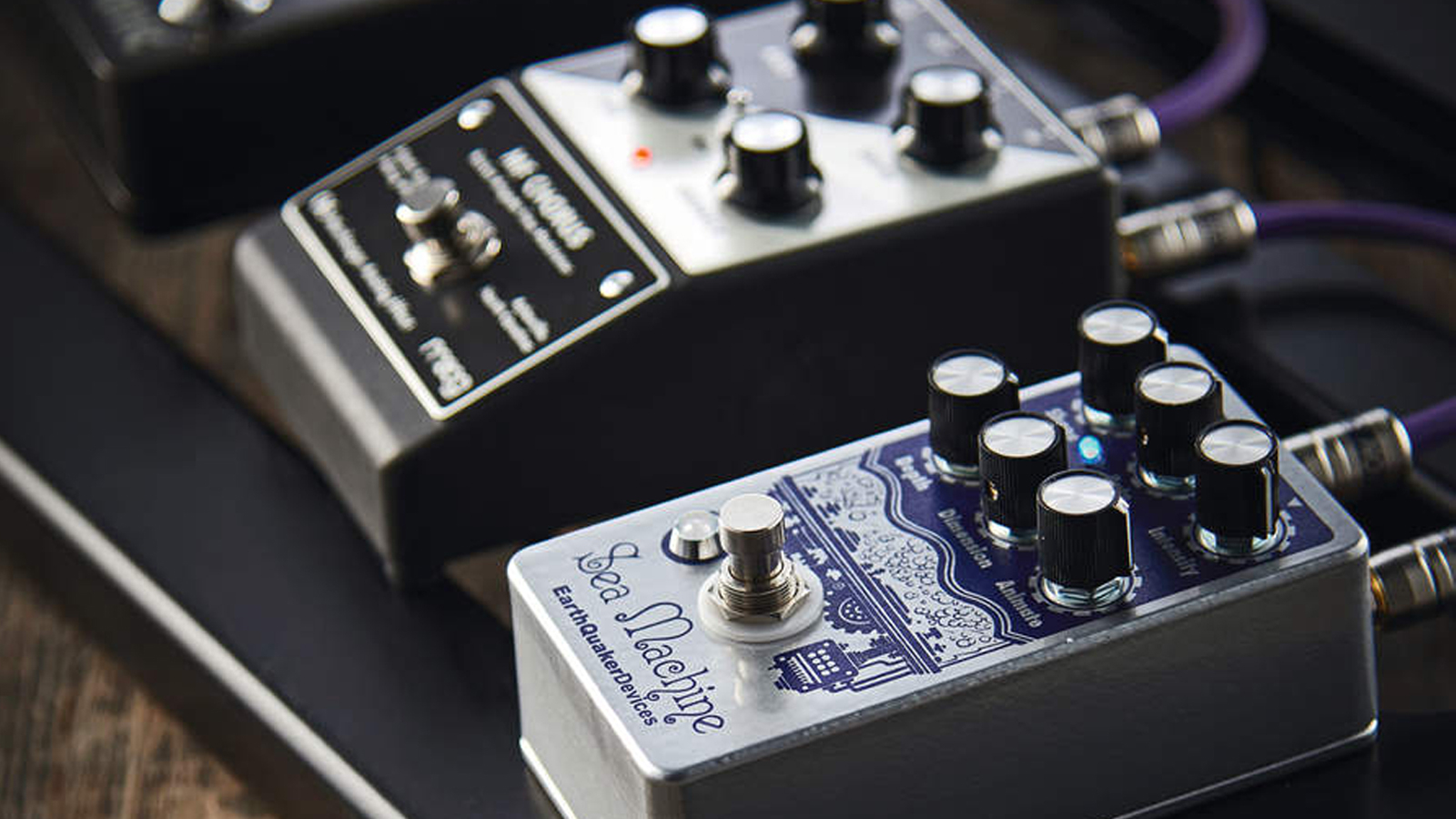
These days, if you go to a live show and take a quick glance at the guitarist's feet, you’ll most likely be greeted with an all-singing-all-dancing floor unit that more resembles the cockpit of the Millennium Falcon than the modest pedalboard you have at home. Now, while it may be tempting to think you need a similar setup to improve your home practice routine, the reality is you don’t.
Playing live with a band and practicing scales in your spare room are very different scenarios and as such, they require a completely different sonic approach. It’s far more useful to have a select few pedals that will enhance your bedroom playing experience instead of a large stomp collection that just ends up hampering it.
So, with that in mind, we’ve decided to build our dream home rig - being careful to select stompboxes that will transform how we play away from the spotlight. We have included pedals from a wide range of categories, including reverb and delays, IR loaders, loopers, and so much more. We’ve also made sure we have covered a wide range of price points, too!
So, whether you’re seeking better tone at home or you just want to make practicing more engaging and fun, you’ll be sure to achieve it with our pick of impressive home-friendly stomps.
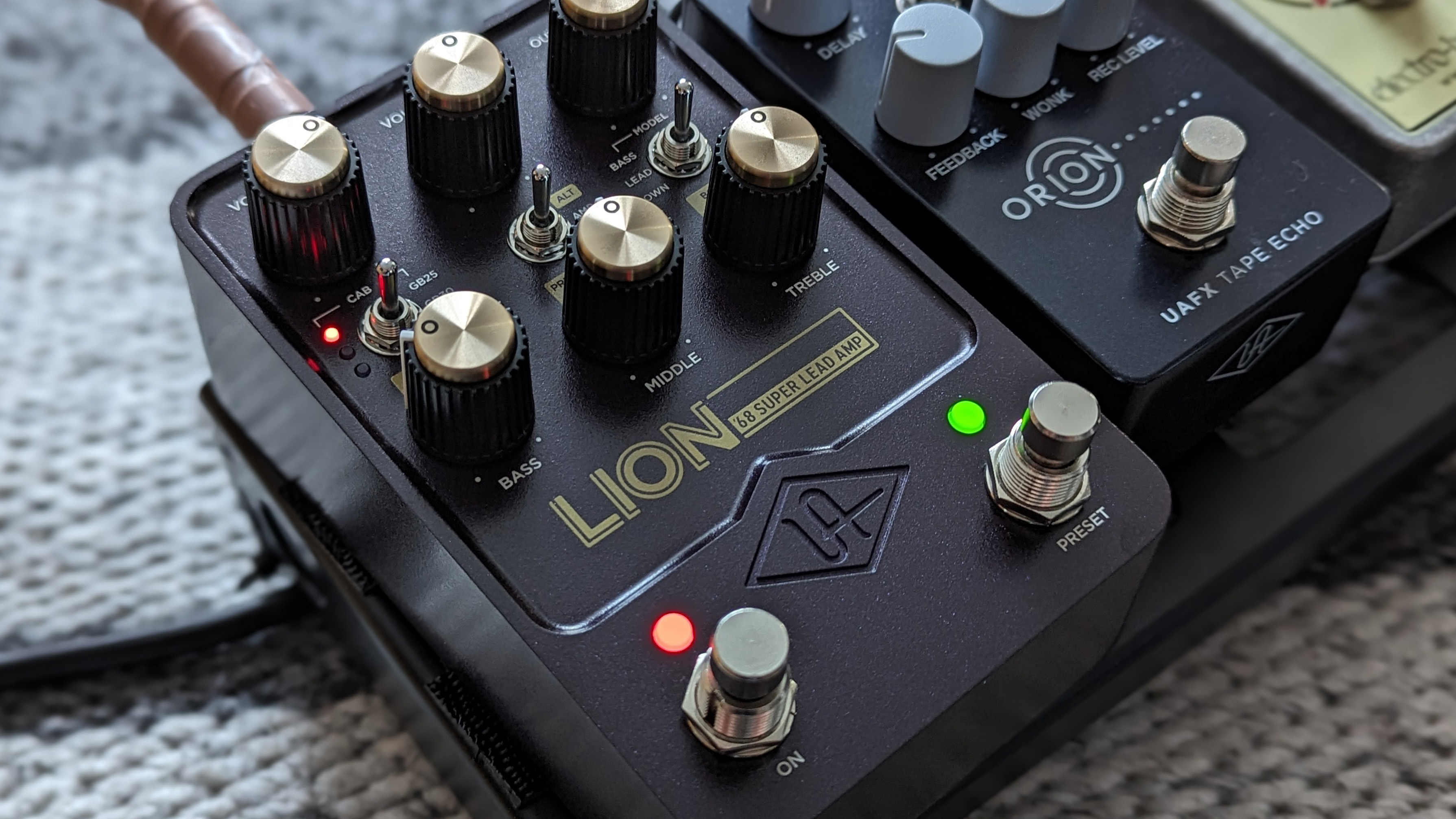
Pedalboard amps and cab sims
Now, let’s start with the bedrock of a great pedalboard setup – your amp sound. Whether you’re playing sultry blues or gut-punching death metal, you’re guitar tone lives and dies by the strength of your amp sound.
If you’re used to tube amps, you’ll know that achieving a natural overdrive sound at home can be difficult – especially at lower volumes. Typically, the key to a truly magnificent tone is to push your amp to really engage the valves – creating the harmonically rich tone you’ve heard on countless records.
Of course, you can go down the digital amp modelling route. Amps such as the Boss Katana and Line 6 Catalyst are perfectly reasonable solutions. That said, many modern players are choosing to ditch the traditional combo completely, turning to the convenience of state-of-the-art pedalboard amps.
Not only can these pint-size amplifiers perfectly mimic the sound of a cranked tube amp, while also offering players a plethora of cab simulations and a handy headphone output, but they do so while being able to fit directly on your pedalboard!
Now, if you fancy going down the pedal amp route, there are a few things you’ll want to consider before you leave behind the amp for good.
As this is for home use, you’re unlikely to need an amplifier with a lot of power, so instead look for a unit that provides plenty of tone-shaping capabilities and handy features such as dedicated line-outs with speaker emulation – this will allow you to plug straight into your recording system or use headphones for silent practice. Of course, if you do venture out and play a show, you’ll be able to plug this mini amp into the PA system.
Below, you’ll find three of our favourite pedalboard amps.
With 11 amp types paired with Celestion Digital IRs, this pedal offers surprisingly great value for money. Add in a mono/stereo loop for post-amp effects and a headphone out, and this pedal becomes a no-brainer.
The Iridium is one of the most popular pedalboard amps on the market – and for good reason. Not only does it offer a range of amp and cab combinations with versatile EQ controls including room ambience, but it’s also compact, lightweight and very easy to use.
Looking for a Marshall in a box? Well, UAFX has you covered. In our glowing 4.5-star review, we proudly stated that this pedal provides the "best modelled Plexi tones we've heard in the digital realm". There is one drawback though, there's no headphone output.
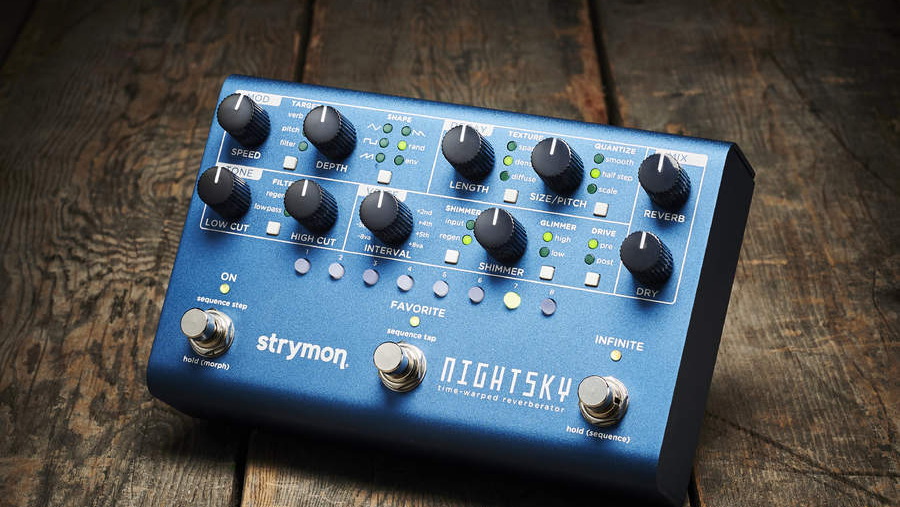
Ambient reverb
One of the benefits of playing at home is you don't need to worry about where you sit in a mix. When you're playing live with a band, it's essential that you find your own sonic space and that your guitar doesn't get lost in amongst all the other instruments.
Now, if you've ever tried to use a large cavernous reverb at a show, you'll know how quickly your tone turns to mush. Luckily, we're not building a 'board for stage use, and in our opinion, the home is the perfect place to experiment with luscious ambient effects.
Using an ambient reverb pedal can not only bring a sense of space to your playing but it can also be incredibly inspiring. Settings such as shimmer can bring a whole new dimension to your tone, and as you're playing on your own, you can get as crazy as you like with the tails!
Okay, so we aren't looking for a "standard" spring reverb for this 'board. Instead, we are after something a little more complex. We want the ability to create enormous cinematic style sounds with extra long tails, and a few additional modes wouldn't go a miss.
While we want this pedal to have some serious tone-shaping capabilities, it also needs to be easy to dial in and intuitive to tweak on the fly. For us, really good ambient reverb pedals almost become an instrument in their own right. Once they are fed your guitar signal, they become living, breathing things that morph and transform the more you play.
Below are our three top choices for brilliant ambient reverb pedals.
With the inclusion of a width control, two additional reverb algorithms, two additional modulation wave shapes and the ability to edit the sample rate - this pedal is a joy to play and the perfect pedal for our intended purpose.
This pedal is the ultimate tool for the sonic explorer. This isn't just a reverb pedal, it's a workstation. From the cinematic shimmer tones to the step sequencer function, the only limit to the sounds you can create is your own imagination.
Now, we had to include the mighty Oceans 11. This affordable pedal features a plethora of settings, from mod and shimmer, to the wild polyphonic octave and better yet, it's robust and compact.
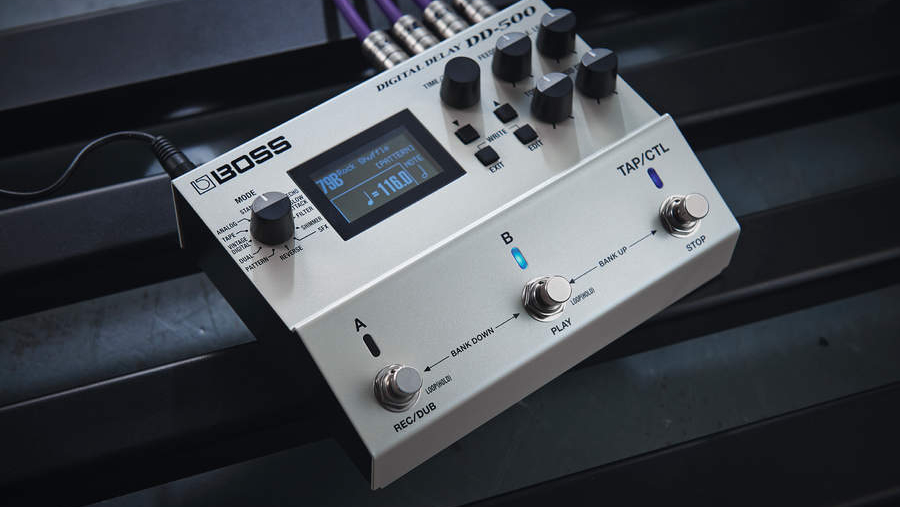
Multi-mode delays
Just like reverbs, a high-quality delay pedal will add even more depth and movement to your tone. Again, because we aren't worried about the delay fitting into a live scenario, we don't need to be concerned with matching the rhythm of the drummer or perfectly syncing the tempo of our repeats to fit around the other band members.
For this 'board, we are looking for a delay to help us create exciting textures and soundscapes, so a unit with multiple modes and a decently long delay time will be our best bet.
A pedal with duel modes will enable us to run multiple delays simultaneously – this means we can create complex polyrhythms between the two repeats, adding an exciting and interesting rhythmic pulse to our home playing.
Of course, features such as reverse, ping-pong and pad echoes will arm us with even more sonic tools which we can use to craft our jams. Luckily, there are many modern delay options on the market that will allow us to do just that.
The Echosystem is an incredibly intelligent delay unit that delivers a whole universe of ambience. Featuring more modes than most of us know what to do with, plenty of output options and a host of controls, this is one of the greatest delay pedals on the market.
Okay, so this delay is pretty basic when compared to the Empress, but Universal Audio have modelled three classic tape, analogue and digital units with their industry-leading approach to tonal detail and the result is simply stunning. This pedal is user-friendly, compact, sturdy and sounds absolutely brilliant.
Coming loaded with a mind-blowing 297 patches to save your carefully crafted tones, a duel mode for running two delays simultaneously, tap tempo, the ability to freeze notes and a 120-second looper, delay units don't get much better than this. Oh, and if that's not enough, it also benefits from the world-famous Boss build quality.
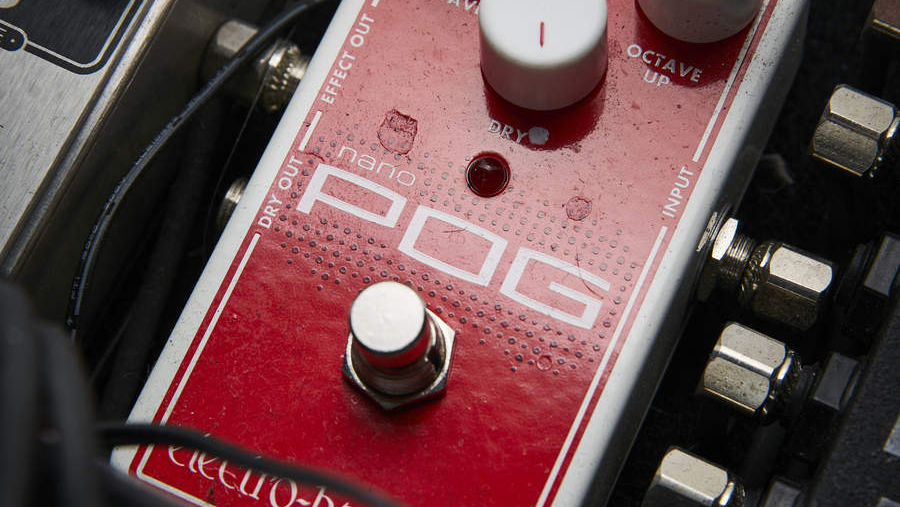
Creative pedals
Variety is the spice of life; therefore, our new home pedalboard will need a few creative stomps that bring a variety of sounds to the table. Here we aren't concerned with a particular style of effect. Instead, we are after pedals that will give us a jolt of inspiration.
It could be an octave for providing thunderous bass lines, a modulation pedal for some much-needed movement and dimension, or an off-the-wall lo-fi machine that provides texture and character to our tone.
For this section, we are looking for pedals that do multiple jobs with plenty of modes to play with. We also need to ensure these pedals stack well with the other sounds we already have on the 'board.
We know we want a multimode modulation pedal, as we'd like the ability to choose between chorus, phaser or tremolo, depending on what the song calls for. We also want an octave pedal to help fill out the bottom end. Lastly, we want a pedal that brings something entirely different to the table, so we've decided to go with a lo-fi-style pedal from the mad scientists at Chase Bliss.
This compact stomp from the folks at Walrus Audio will take care of all of our modulation needs. From chorus, phaser and tremolo to tape-style wobble and even needle-skipping sounds, this pedal is just pure inspiration in a box.
Now, as we don't have the reinforcement of a band behind as at home, we're going to need a pedal to give us the low end we are missing - enter the EHX POG. With the ability to have both a low and high octave this pedal is perfect for our needs - and the tracking is second to none!
The Chase Bliss Lossy is a truly unique pedal and one that's kind of difficult to explain. In essence, this is a lo-fi-style pedal that is designed to mimic the degradation that happens to digital audio when it’s compressed. This clever stomp adds artefacts and spectral resonance to the signal, and with the addition of a freeze function and routable reverb, we can get lost for hours playing with it.
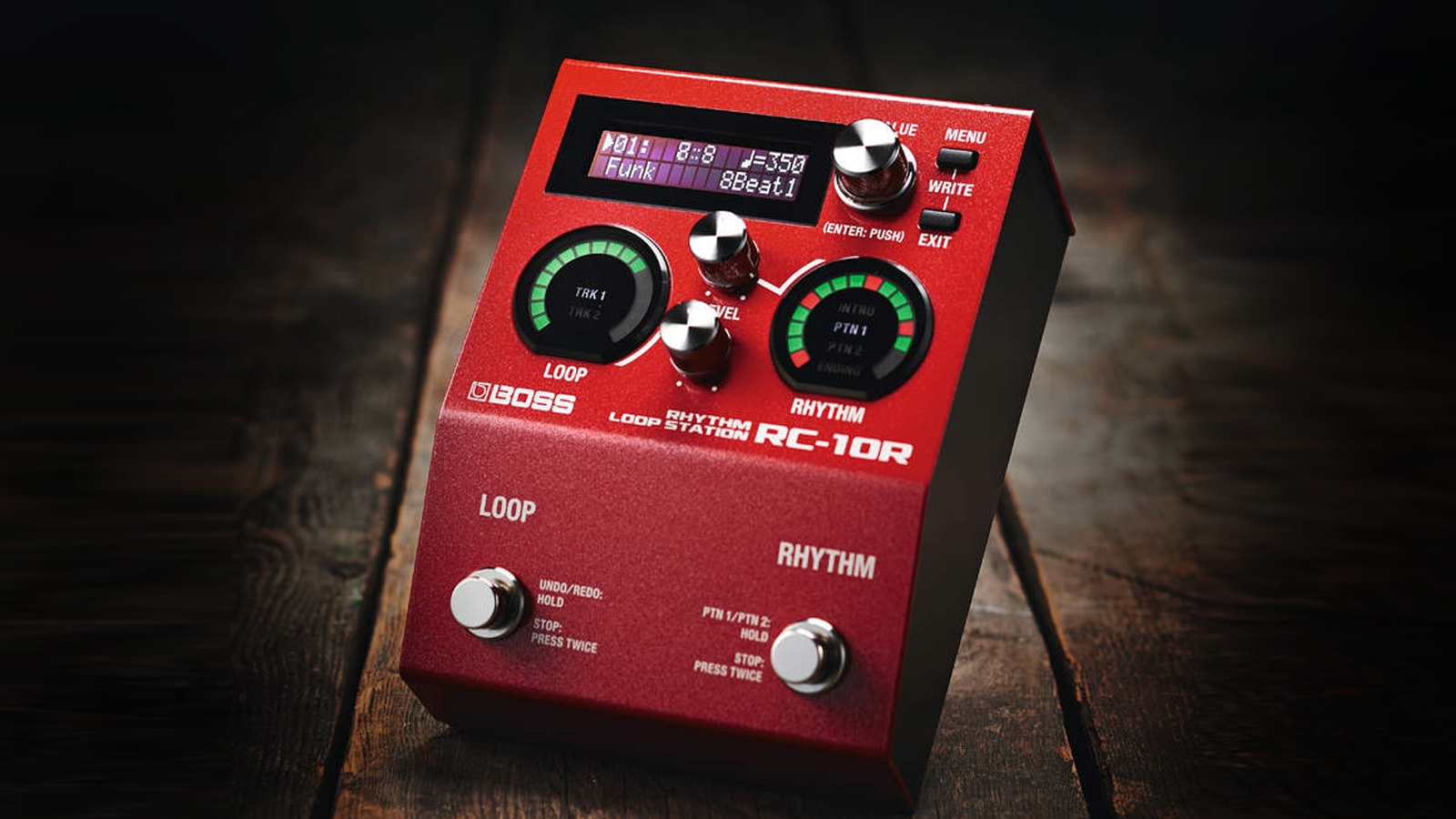
Looper pedals
If there was one stomp we couldn't live without when jamming at home, it's the humble looper pedal. Whether it's practicing harmonies and lead lines or writing full songs and compositions, the looper is a must-have pedal for home use.
Now, loopers come in various shapes and sizes, with basic units that allow you to simply over-dub over the top of your favourite riff or chord progression, to pedals loaded with extra features such as effects, multiple channels and even built-in drum patterns.
When it comes to choosing the right looper for your needs, be sure to think about its intended application. Are you just looking to solo over a basic chord progression? Well, in that case, you don't need anything too complicated, and a basic looper such as the Boss RC-1 or TC Electronic Ditto+ will do the job.
Perhaps you want to experiment with multiple loops simultaneously or dive into effects and even rhythms; well, you'll need a more advanced pedal. Boss, Chase Bliss, TC Electronic and Pigtronix all have feature-laden options that are sure to do that job for you.
Whichever pedal you choose, remember that you'll want your looper pedal at the end of the signal chain. This will ensure it has the ability to capture any and all of the effects you've applied to your guitar tone.
This feature-packed Boss looper offers the ability to not only loop guitar riffs but also generate rhythms via a built-in drum machine. Add in the six hours of stereo recording time, two-track operation and storage for 99 loops, and you get one of the most fun loopers on the market.
It's no secret that we love the TC Electronic Ditto+ at MusicRadar. This super-compact mini pedal features a bright LED screen for real-time feedback, a whopping 60 minutes of loop time, and 24-bit audio quality - and if that wasn't enough, the Extended Loop Mode allows you to overdub longer phrases on top of shorter loops!
This looper is easily one of the most advanced on the market. This isn't a pedal for the faint of heart, it's a complex workstation for those serious about looping. With its 4.3” touchscreen, Wi-Fi and Bluetooth connectivity, expression pedal support and the ability to play 36 loops per song, it doesn't get much better than this.
Looking for even more stompbox advice? Our buyer's guides are here to help
- Here are the 10 pedalboard mistakes every guitarist makes
- It's drive time! The best overdrive pedals
- Add one of the best guitar tuners to your board
- Give your tone a shake-up with the best tremolo pedals
- On a tight budget? Here are the best cheap guitar pedals







